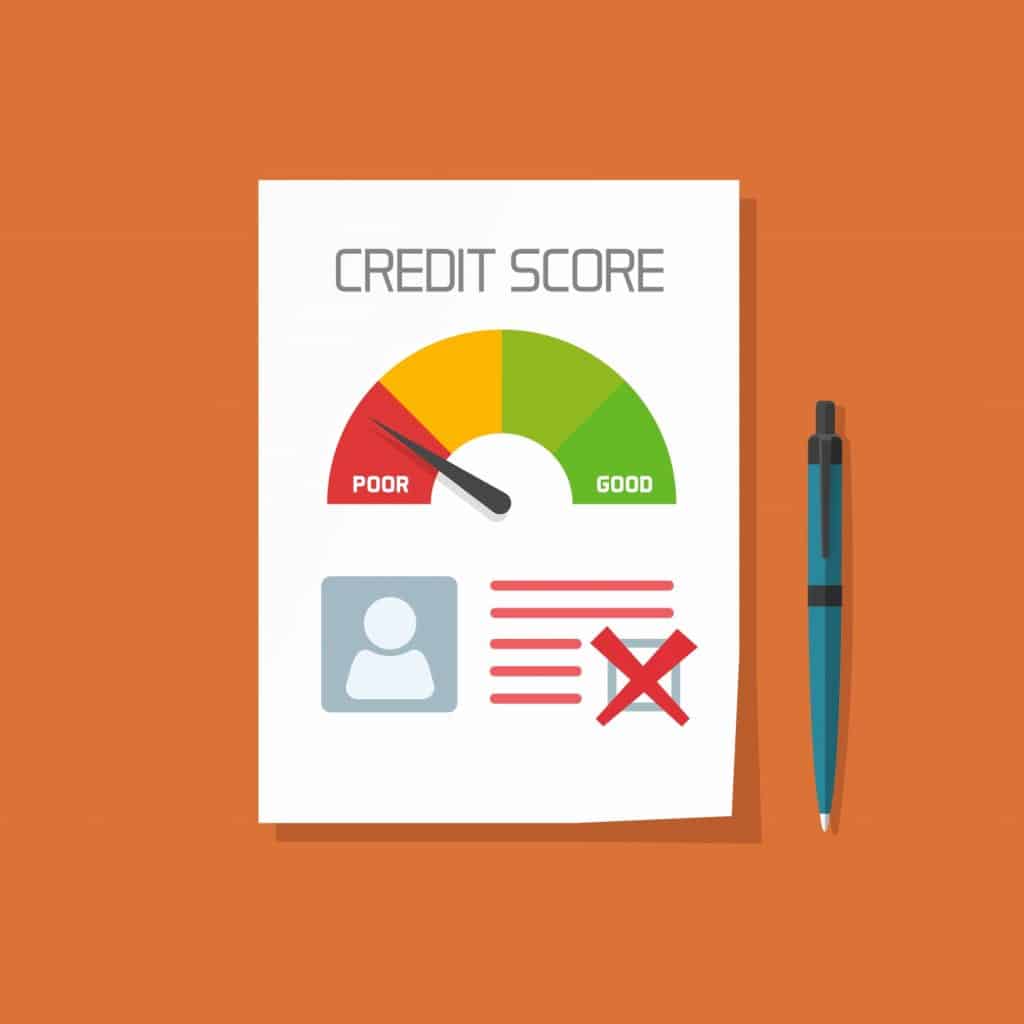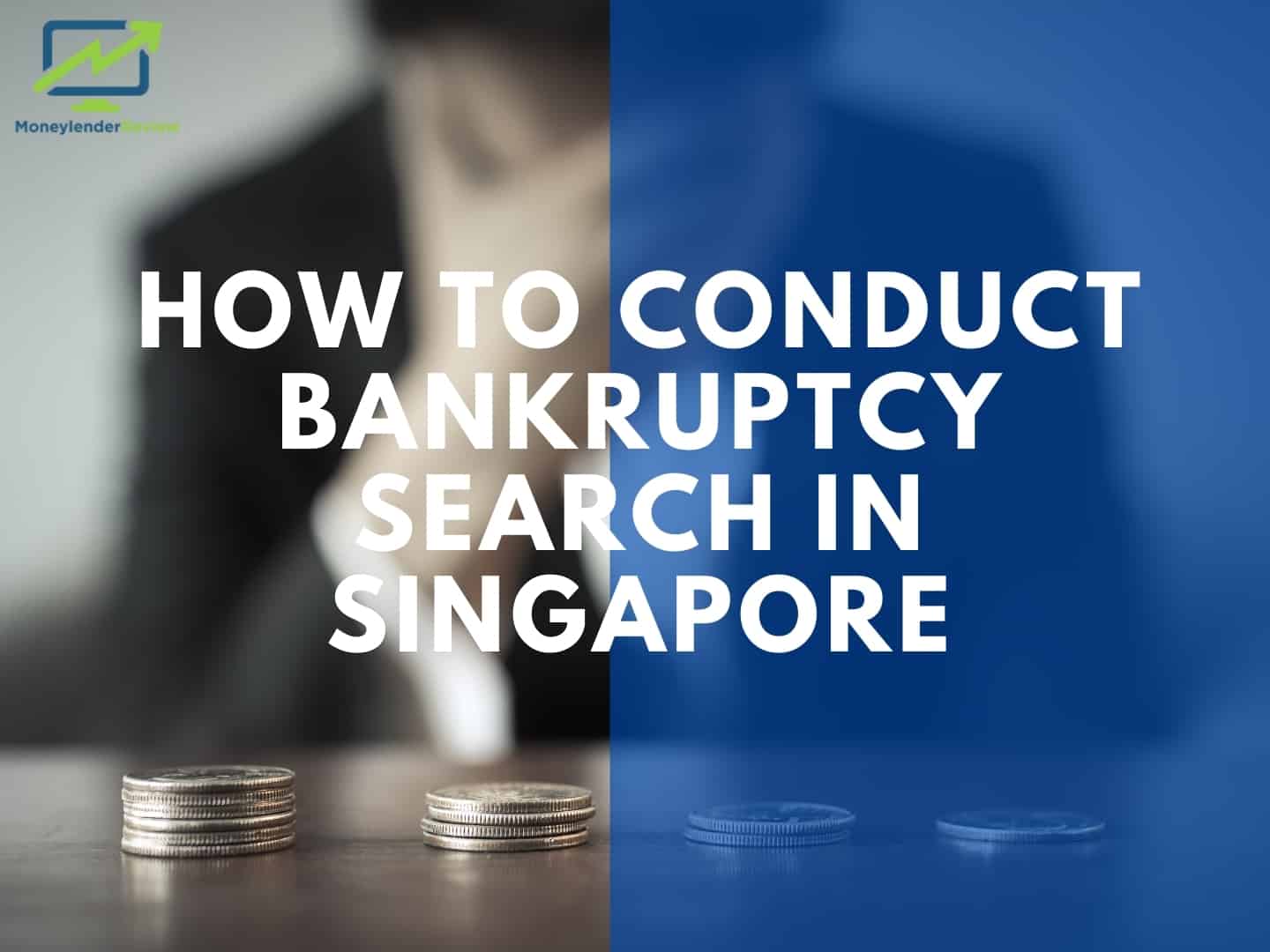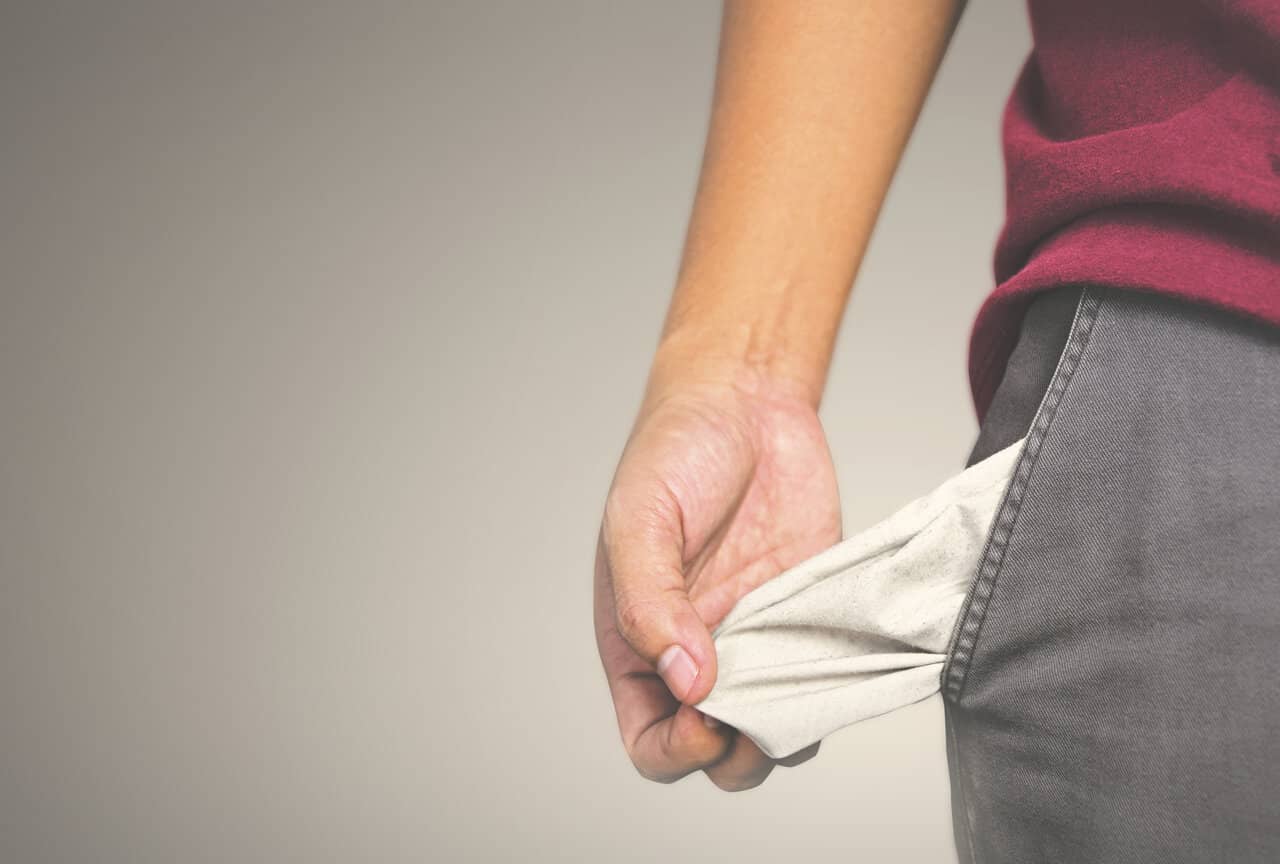What to Do Before and After Filing for Bankruptcy
Being submerged under a huge amount of debt with interest might make it impossible for debtors to repay their financial obligations.
However, filing for bankruptcy can make it possible to get rid of this burden. Despite its negative connotations, filing for bankruptcy is designed to help debtors and creditors alike.
What is Bankruptcy?
Bankruptcy is a legal action involving a debtor that is unable to pay their existing debts. This process helps the creditor by providing ways to recover lent money, and also the debtor by providing ways to pay back their debts.
A bankruptcy claim can be initiated by either debtors or creditors, especially when it is deemed by either party that the debtor is unable to pay any more, and other means of recourse such as privately rearranging the terms of the debt repayment have failed already.
When to Declare Bankruptcy
Declaring for bankruptcy is done when it becomes apparent that the borrowing party cannot repay their debts anymore after means of recourse have been exhausted already, including private discussions or a voluntary arrangement.
While either debtor or creditor could file a bankruptcy claim, the creditor can only do so within a specific set of situations.
A creditor can only claim for the bankruptcy of the borrowing party if:
- The debtor has failed to comply with a statutory demand to pay the debt for at least 21 days (this period of time increased to at least 6 months until 19 October 2020 because of the COVID-19 pandemic)
- The debtor has failed to comply with a Singapore court-issued mandate to pay the debt
- The debtor has escaped the country to avoid repayment accountabilities
- The Official Assignee (OA), assigned by the court certifies that the debtor is incapable of paying the debt
Advantages of Declaring Bankruptcy
While bankruptcy may have a negative connotation, it has certain types of advantages for the debtor, which can also be the reason for filing for one.
1. Borrower’s debts stops accumulating
This means that any further charges, such as interest rate, will not be added onto the existing loan principal. This happens when the bankruptcy petition is accepted by the court.
2. Monthly repayments of debts can become lower
While private discussions between the borrower and the lender can produce the same advantage, a bankruptcy filing will grant borrowers access to other convenient debt repayment scheme (DRS) or repayment plan that creditors may not necessarily agree with, through the mandate of law.
The bankruptcy high court of Singapore, through the Official Assignee (OA)/bankruptcy trustee, decides a monthly target contribution paid to the bankruptcy estate (composed of seized assets) that the bankruptcy candidate must fulfill, which takes into consideration the financial need for basic necessities of the borrowers and their families.
This monthly contribution is often derived from the borrower’s regular income, if employed. In short, the OA provides a morally fair process of debt repayment.
3. Borrower cannot be sued for debts
The bankruptcy court takes jurisdiction over the borrower’s financial accountability through its Official Assignee (OA), and protects the borrowers from being sued by creditors.
4. Some of the borrower’s assets are protected from being seized
Based on the bankruptcy estate, bankruptcy proceedings will inevitably involve seizing the debtor ‘s assets to pay off creditors.
However, there are some assets/exempt property that are protected from inclusion to the bankruptcy estate in the bankruptcy process:
- Property held by the borrower acting as a trustee for someone else
- HDB flat (if at least one owner is a Singapore citizen)
- Money in CPF account
- Life insurance policies held in express trust for spouse or children
- Any items/equipment required for employment, business, or vocation
- Equipment/furniture needed for the borrower’s family needs
- Monthly income, minus the monthly target contribution
- Any annual bonus or annual wage supplement included in borrower’s income
Disadvantages of Declaring Bankruptcy
1. Several restrictions are put into place
Persons who are candidates for bankruptcy cannot do the following actions after the bankruptcy order is released by the bankruptcy court:
- Borrow more than $500 without informing the creditor of your bankrupt status
- Leave Singapore without permission
- Initiate legal proceedings against other people (except for personal injury/divorce)
- Manage a business/Act as director of a company
- Take up the appointment of being a trustee or personal representative
2. Borrower’s bankruptcy status is publicized
Bankrupts’ details will be posted in Singapore’s bankruptcy register, which can be viewed by anyone. Bankruptcy may affect the borrower’s reputation and future.
3. Debtors’ credit score will be severely reduced
Credit bureaus report default in payment for three years from the date of settlement, and bankruptcy details for five years from the date of discharge from bankruptcy.
This will negatively affect the bankrupts’ ability to apply for succeeding loans, credit cards, and mortgages in the future.
What to Do Before Filing for Bankruptcy
Before sending out bankruptcy applications, find other ways and means of repayment.
Make an inquiry with the creditors and check if they consent to renegotiating the terms of your debt.
While this seems difficult, some creditors actually agree with this action. Usually, this involves stretching out the remaining loan balance and lowering the installment rate per repayment period.
For example, in the case of home mortgages, creditors offering the loan service might provide options such as forbearance, stretching out the loan tenure with corresponding decrease in installment amount, or other options which can help in decreasing the debt burden.
The option to file for bankruptcy helps borrowers get out of a difficult debt situation, but it will greatly damage one’s credit history. It will also involve assets being seized. That is why rethinking one’s strategy and checking for other ways to deal with the situation first before doing anything else is important.
How to File for Bankruptcy
Here are the steps for the bankruptcy filing process:
Step 1
You have to obtain and fill up forms for the:
- Debtor’s Bankruptcy Application;
- Affidavit in Support of Debtor’s Bankruptcy Application;
- Statement of Affairs (a statement containing information such as your assets, liabilities, current employment status and monthly expenses, for the bankruptcy estate); and Affidavit Verifying Statement of Affairs.
Step 2
Proceed to the Insolvency Office managed by the Ministry of Law to place a bankruptcy deposit of $1,850 with the OA. A receipt will be issued to you (which you need to keep for future use).
Step 3
Bring the documents (from Step 1) and the receipt (from Step 2) to the Supreme Court’s Legal Registry, and then submit your payment of the prescribed stamp/Commissioner for Oaths fees.
Step 4
Proceed to affirm the Affidavit Verifying Statement of Affairs and the Affidavit in Support of Debtor’s Bankruptcy Application before a Commissioner for Oaths, who will also sign and stamp the documents.
Step 5
Proceed to the LawNet Service Bureau to file all documents through eLitigation after paying the required fees. The LawNet Service Bureau will notify you of the date to collect your documents and afterwards, the date and time for the bankruptcy hearing will be printed on your application.
Step 6
Attend the hearing on the appointed date and time. If it is not possible for you to attend, you must write in to the Registrar of the Supreme Court to request for a new hearing date stating your reasons for the request.
Take note that all forms must be typewritten, with the exception of the Statement of Affairs which can be written by hand. Do not sign on both the Affidavit in Support of Debtor’s Bankruptcy Application and the Affidavit Verifying Statement of Affairs (see Step 4).
Types of Bankruptcy
There are several types of bankruptcy, but there are two types that are more common: Chapter 7 Bankruptcy Code and Chapter 11 Bankruptcy Code.
Take note that the court may or may not approve a bankruptcy filing.
Chapter 7 of the Bankruptcy Code, or straight/liquidation bankruptcy, is the most common type of bankruptcy.
With Chapter 7, a borrower can remove the accountability for most types of unsecured debt and several secured debts by giving up their assets. This is chosen often by individuals with lower income and few assets, but some businesses apply for it as well.
When it comes to Chapter 7 bankruptcy, having an attorney is helpful to determine which debts/assets are included/not included in the application.
Chapter 11 of the Bankruptcy Code, on the other hand, is a type of bankruptcy usually designated for corporate bankruptcy. This involves submitting a reorganization plan within four months (extended to 18 months in several cases) for debt restructuring, which helps in making the repayment process smoother.
The debt restructuring will require sorting out the different types of debts, so that the debts that require more focus in terms of repayment can be prioritized.
Commonly, any secured debt/loan (ex. car loan, business loan) is prioritized over unsecured ones (ex. credit card, personal loan), given that they involve collateral.
However, Chapter 11 is more complicated compared to Chapter 7, and this can make it difficult for individuals to apply.
How Long Does This Stay on the Credit Report?
In the event of a default, the records stay up to three (3) years from the date of settlement, while an approved bankruptcy application stays on record for five years from the date of discharge from bankruptcy.
This record is not permanent, and can be rewritten with new good records through effort.
What Other Ways Can Bankruptcy Affect You?

With regards to work, while you can continue working, you are prohibited from taking up high positions in the company, especially managerial or directorial positions.
In addition to that, your credit score will be severely affected, making it difficult for you to apply for other financing services in the future.
What to Do After Filing for Bankruptcy
After going through court bankruptcy proceedings and being made bankrupt, the first thing you need to do is repair your credit history score.
While difficult, it is not impossible to rebuild a credit history score that is impacted by bankruptcy. This can be achieved by adhering to these key points:
1. Have a proper management of funds and good spending habits.
Keep track of your regular bills payment and practice sorting out potential expenses through a payment plan, removing expenses that are not vital or needed from your plans.
Monitor the progression of your funds and set aside a portion for each particular need (ex. groceries, emergency expenses, credit card expenses). Make a budget plan as well.
2. Acquire small, short-term loans with convenient repayment plans in succession.
This will help in slowly building your credit history score and building the trust of creditors.
Personal loans can help you rebuild your credit score given that you pay your loan on time. Before you apply, make sure to compare loan rates to get the best loan package. This can be done through loan comparison sites, such as Moneylender Review. It can send you up to 3 loan quotes from top licensed moneylenders in Singapore whenever you’re ready.
3. Add other credit facilities as your credit history score gradually improves.
As your credit history score goes back to normal, some credit facilities will start becoming available to you (ex. credit card). You may take on these to grow your credit history score faster, but this must be done carefully and with diligence to avoid accumulating huge amounts of debt.
Closing
Applying for a bankruptcy can have its fair share of advantages and disadvantages.
While it can help take off some of the burden of repaying existing debts, it can also add new challenges to a debtor’s life.
However, these effects are not permanent. These can be overcome, despite being difficult to do so.
After reading this guide, you will have an idea now of how you can bounce back from being knee-deep in debt, and how you can repair your reputation as an individual and as a borrower.




